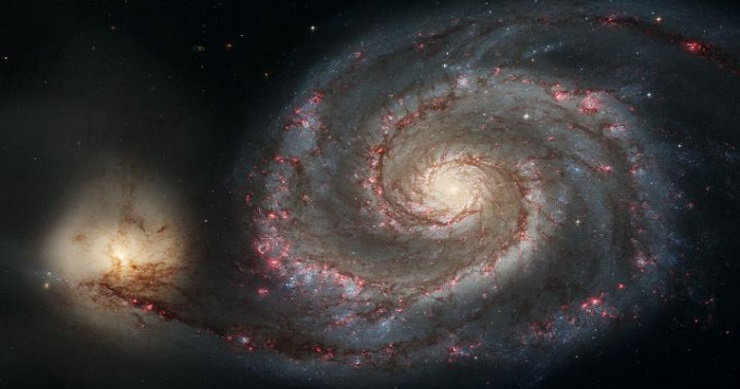Astronomers from the Max Planck Institute in Germany have discovered the “poor old heart of the Milky Way” – faint stars that were present when our galaxy was young, deep in the galaxy’s core. The team used data from the European Space Agency’s Gaia mission and the LAMOST and APOGEE surveys to identify these ancient stars.
The metallicity of a star, which refers to the amounts of metals or elements heavier than helium in the star’s atmosphere, can indicate its age. Older stars have lower metallicity than newer ones.
To find the oldest stars, the researchers trained an AI program to recognize data from starlight observed by Gaia. The AI then analyzed data for 2 million red giant stars in the Milky Way, leading to the discovery of the ancient stars.
These stars could provide insights into the formation of the Milky Way, as they contain plenty of neon, oxygen, and silicon, indicating they were part of the original core of the galaxy.
Key Takeaways:
- Astronomers have discovered faint, ancient stars in the center of the Milky Way that were present when our galaxy was young.
- The metallicity of a star, or the amount of metals heavier than helium in its atmosphere, can indicate its age, with older stars having lower metallicity than newer ones.
- These ancient stars, rich in neon, oxygen, and silicon, could provide insights into how the Milky Way was formed and the number of galaxies that merged to create it.
“Astronomers have found the ‘poor old heart of the Milky Way’ — faint stars that were around when our galaxy was young — lurking deep in the galaxy’s core. Hidden in the survey data were glimpses of the oldest stars in the Milky Way’s heart. Understanding the formation history of our own galaxy, especially its earliest phases, has been a central goal of galactic archeology for decades.”
More details: here


Leave a Reply